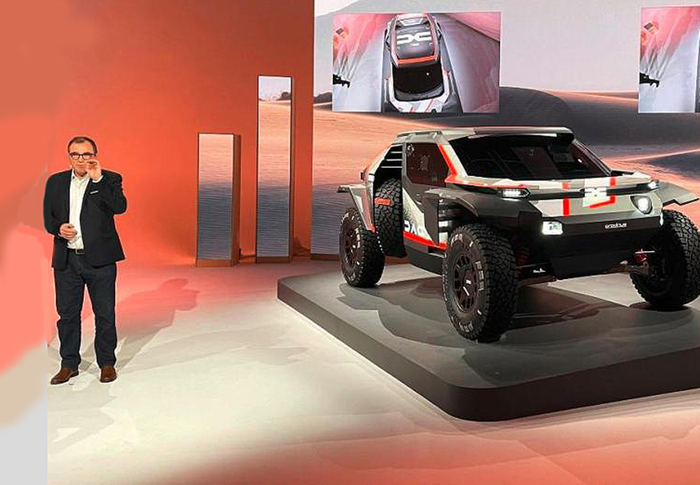When everyone was building soft two-seaters for sun worshipers, Renault surprised 25 years ago with a Spider that could hardly be more stormy. The windy flounder has an effect to this day.
Brühl (dpa / tmn) - Triggered by Mazda's MX-5, the 1990s saw a roadster revival. Mercedes SLK, BMW Z3 and Audi TT were some of the protagonists. But Renault surprised in 1995 with an outsider who was more radical than anything they had ever built in Munich, Ingolstadt, Stuttgart or Zuffenhausen.
The Renault Spider basically only consists of the chassis, engine and a tubular space frame, around which only the bare minimum of bodywork has been clad. Not even a windshield was initially planned, not to mention side windows and a roof.
French driving machine
Because the construction was largely made of aluminum and the almost 3.80 meter short and only 1.25 meter high body made of plastic, the Spider weighed just 930 kilos - a good 400 kilos less than an Audi TT. Although there is only an engine with four cylinders, 108 kW / 147 PS and 185 Nm behind the seats, that's enough for a spectacular driving experience. The free radical accelerates from 0 to 100 km / h in 6.9 seconds. The maximum of 215 km / h feels faster in this flounder than full throttle in any Ferrari.
The Spider inspires even more with its road holding. Bone-dry tuned and with suspension as hard as a board, without power steering and other electrical helpers and with a seating position only two fingers' breadth above the asphalt, it feels more like a go-kart than a car - and it goes right around the corner.
The rapid and radical voting is no wonder. The Spider was developed by the Renault Sport department - and it was intended less for the road than for the race track. After all, the reigning engine world champion wanted the Spider to be driven in its own customer cup as part of the preliminary program for Formula 1.
Fans also wanted to drive Spider off the slopes
But hardly had a few races driven than the Renault fans had tasted blood. The reactions were enthusiastic: "We were literally forced to build a street version," says press spokesman Thomas May-Englert.
The Spider was never designed for large numbers and, at least in this discipline, could not come close to the German roadsters. As with a car without any everyday use, which also cost an impressive 55,300 D-Marks in the version with a windshield, which Renault submitted for less die-hard sun worshipers?
When the Spider was discontinued after four years, only about 1,500 copies left the Renault Sport halls. That makes the model a real rarity: every SLK, Z3, TT or Boxster, on the other hand, is mass-produced.
Plastic body and engine construction from the series
The prices are correspondingly high, says Renault collector Walter Steding from Hamburg. He calls the Spider one of the few Renaults in recent history that surpass the value of the new car as used: If a Spider is ever offered, Steding estimates the market at around 40,000 euros.
The Spider is considered a grateful young timer. Accident damage is problematic because there are hardly any body parts left. But the aluminum construction, like the plastic cover, is at least immune to the ravages of time. The drive is closely related to Clio and Mégane and therefore easy to repair, says Steding.
© dpa-infocom, dpa: 200813-99-151708 / 5









